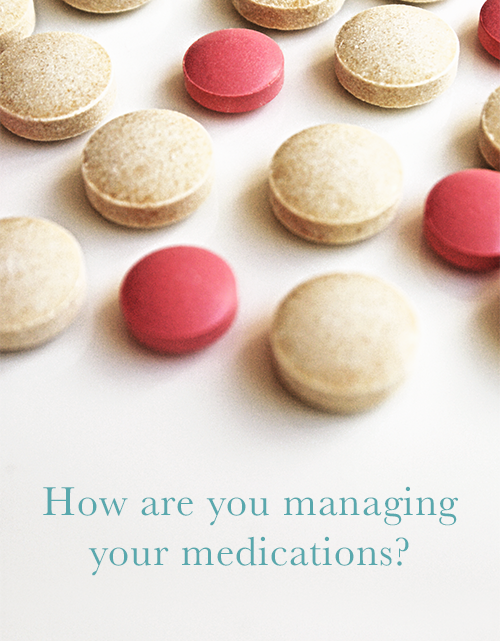This is a follow-up to my previous post on opioid abuse concerning its impact on patient lives and the cost to society for prevention and treatment. Last week, two important legislative actions were approved that have an impact on this crisis. Nationally, the Senate approved a bill aimed at reducing both heroin and prescription opioid abuse.
The main provision in the bill is the authorization of grants for state and local governments to improve addiction treatment and education programs. Through these education initiatives, the goal is to reduce medical practitioners’ rates of prescribing opioids. Since 1999, both prescription and death rates from opioids have increased four-fold. The grants would also provide funding for outreach to the veteran population that has a high opioid addiction rate.
In addition to these prevention measures, the legislation focuses on treatment of overdoses by increasing the availability of naloxone (used to counteract an acute overdose) to mental health workers and law enforcement by extending liability insurance protection to these workers. According to the Center for Disease Control (CDC), there were more than 47,000 overdose deaths in 2014.
In addition, states are beginning to implement tighter prescribing and treatment laws. In Massachusetts, a new opioid bill aimed at reducing the abuse trend was passed and signed. Initial prescriptions will be limited to no more than a seven-day supply to patients except in cases of chronic pain, cancer, or palliative care. Patients can also opt to reduce the amount of opioids that they receive from the pharmacy. These two provisions will have an immediate effect on the sheer number of drugs available in the community and the chance for diversion.
Beginning in July, hospitals will also be required to administer a substance abuse evaluation to individuals exhibiting signs of an overdose with an aim to establish prevention programs. Starting in October, prescribers will have to check the prescription-monitoring program before prescribing drugs with high abuse potential. The aim of this provision is to cut down on doctor shopping by patients.
Combined with the CDC guidelines for prescribing opioids that I referenced in February, these legislative measures will hopefully reduce the abuse and considerable destruction of lives.





